The under-construction Ford BlueOval Battery Park Michigan plant has faced its fair share of trials and tribulations over the past couple of years, but remains on track to begin producing lithium iron-phosphate batteries using technology licensed from CATL in 2026. Currently, the standard range Ford Mustang Mach-E comes equipped with an LFP battery pack, but the new plant will soon churn those units out for a variety of future EVs – something that The Blue Oval’s cross-town rival, GM, is also working on.
According to GM Authority, General Motors has announced that it will be further upgrading its Ultium Cells plant in Spring Hill, Tennessee, as part of its partnership with LG Energy Solution. This upgrade will add LFP battery packs to the line at that facility – a move that’s part of a broader $2.3 billion dollar upgrade – which are expected to start production in 2027, with the upgrade process kicking off later this year.
“At GM, we’re innovating battery technology to deliver the best mix of range, performance, and affordability to our EV customers,” said Kurt Kelty, VP of batteries, propulsion, and sustainability at GM. “This upgrade at Spring Hill will enable us to scale production of lower-cost LFP cell technologies in the U.S., complementing our high-nickel and future lithium manganese-rich solutions and further diversifying our growing EV portfolio.”
“We are grateful for the continued partnership and support we’ve received from the State of Tennessee as we continue to advance our lead in EV battery cell manufacturing,” said Kee Eun, President and CEO of Ultium Cells. “This investment expands our capabilities beyond a single battery cell chemistry, allowing us to produce new chemistries alongside our existing cells. Expanding our product portfolio ensures Ultium Cells will remain at the forefront of battery cell innovation and sustain our commitment to be a stable, long-term employer for the communities we serve.”
LFP batteries have gained favor as of late for a few good reasons – they’re less prone to fire risk than regular lithium-ion units, cost less to produce thanks to their lower nickel content, and can be charged to 100 percent without suffering from degradation. However, LFP batteries are also less energy-dense, meaning that they tend to offer less in terms of range, which is why they’re generally being used in entry-level EVs at the moment.

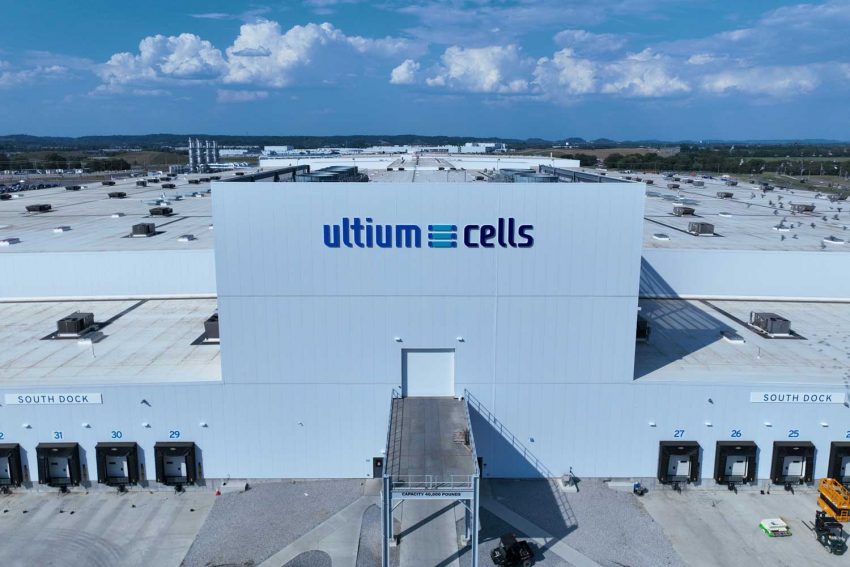
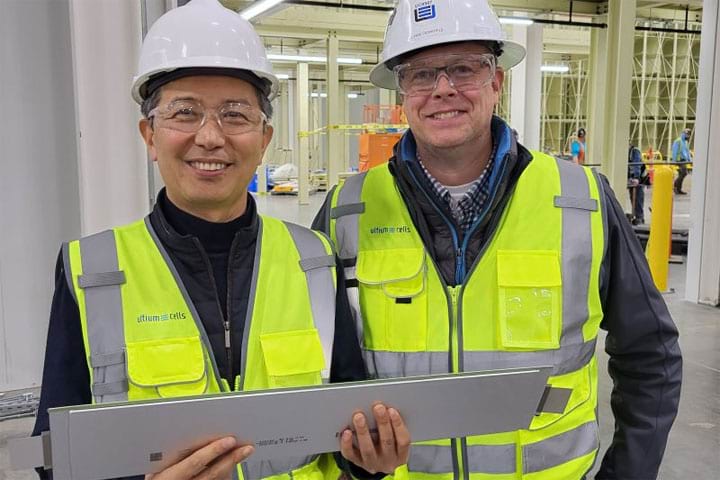

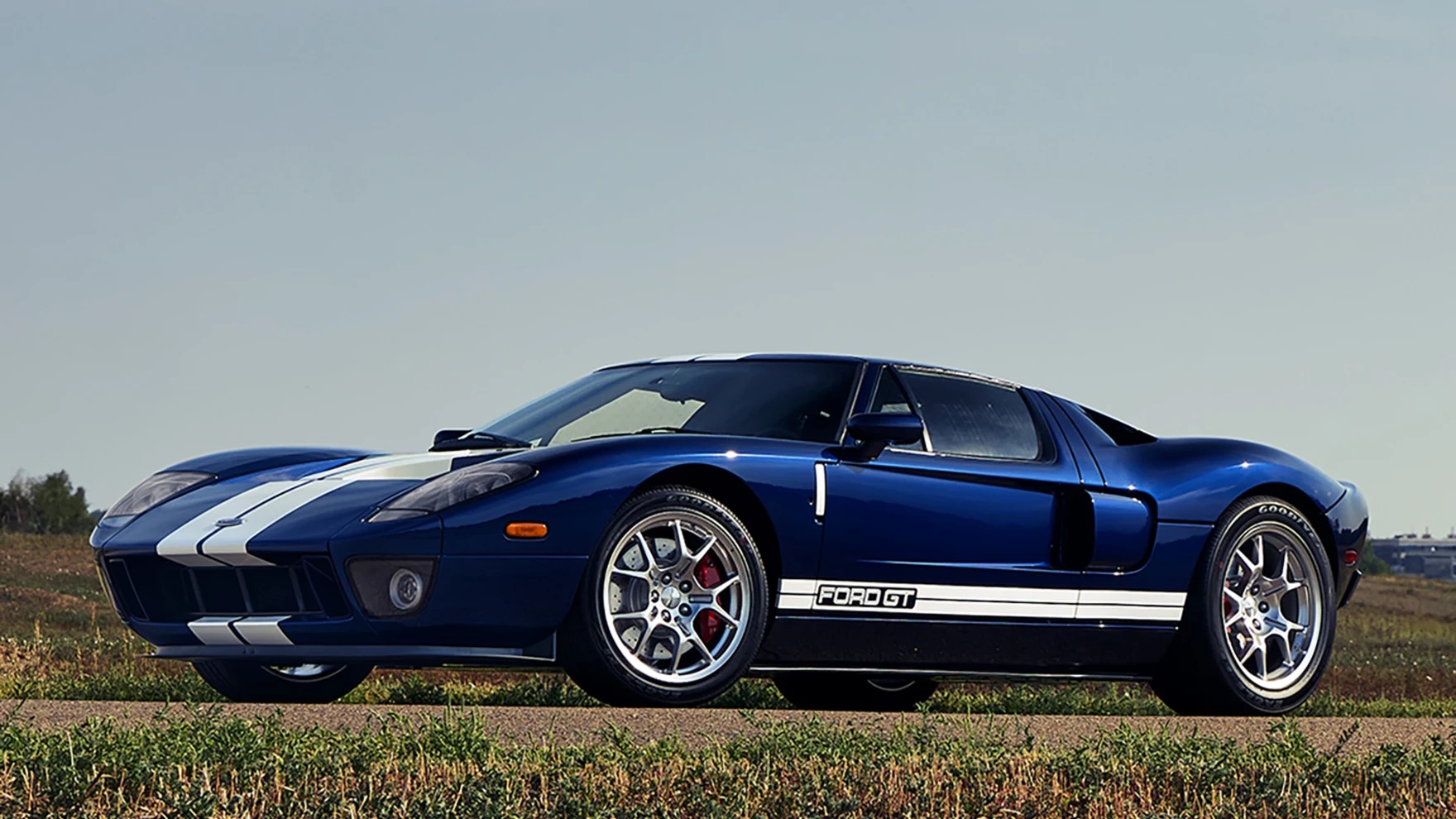
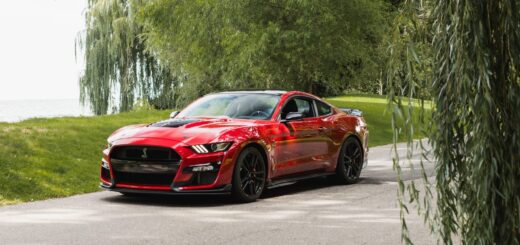


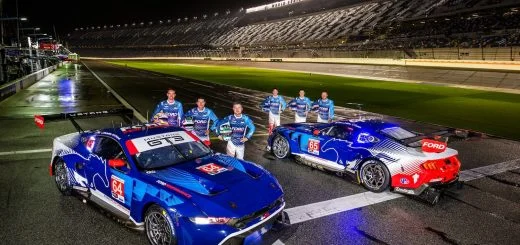








No Comments yet